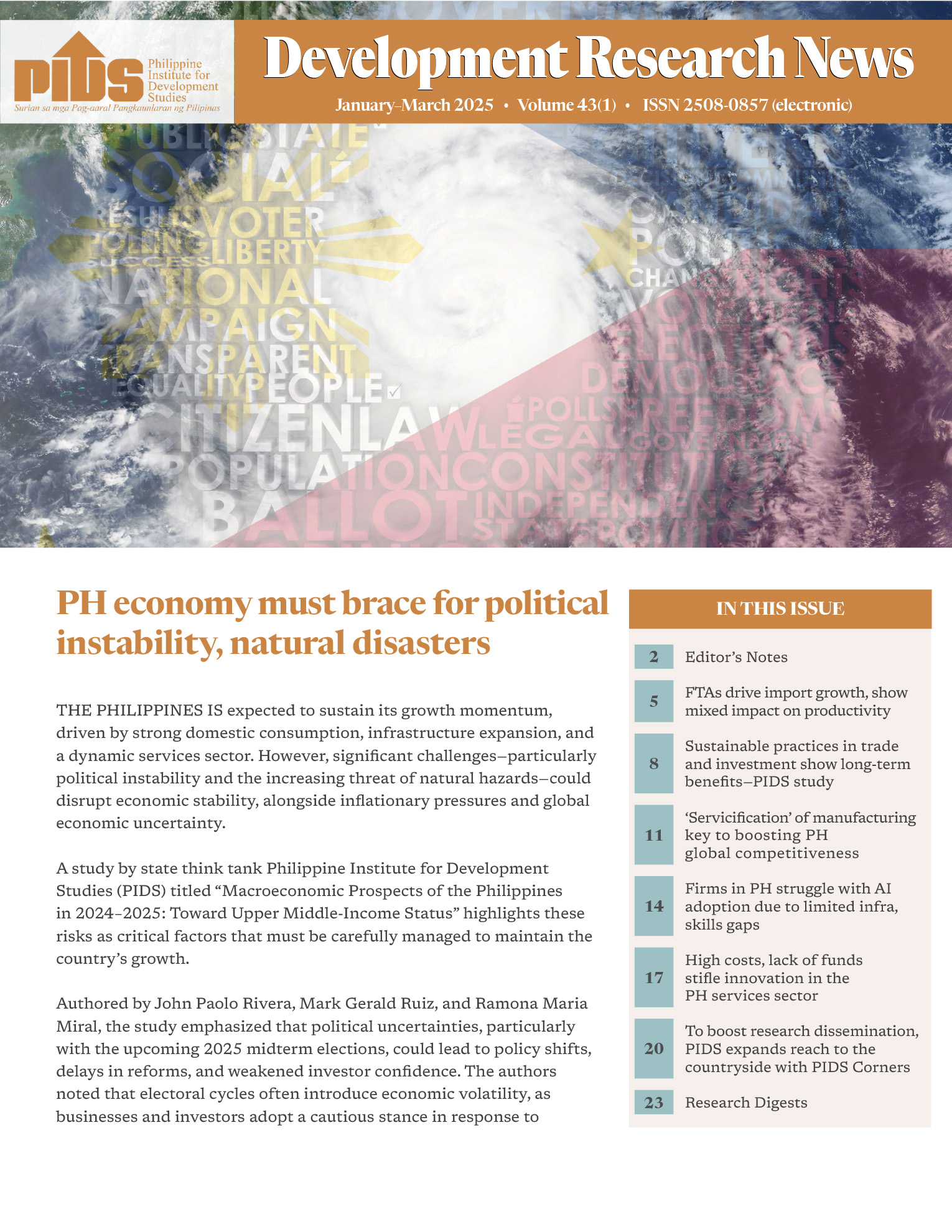The Philippines’s balance of payments (BOP) position reverted to a deficit in March, according to the Bangko Sentral ng Pilipinas (BSP).
Latest data from the BSP showed that the BOP swung back to a $1.966-billion deficit in March 2025, from a $1.173-billion BOP surplus during the same month a year ago.
The BSP said the deficit resulted from the national government’s withdrawal of foreign currency deposits from the central bank to pay for its foreign debts, as well as its net foreign exchange operations.
The BOP is a summary of the Philippines’s economic transactions with the rest of the world for a specific period. A BOP surplus position means there are more exports or inflows than imports or outflows, while a deficit means there are less.
According to John Paolo R. Rivera, senior research fellow at the Philippine Institute for Development Studies, the shift in BOP deficit in March could be due to earlier inflows, such as borrowings, remittances, or investment-related receipts, having moderated in March.
“This underscores the sensitivity of the Philippines’ external position to global market movements and domestic financing needs,” Rivera said.
“Moving forward, careful management of external debt and trade competitiveness will be crucial to maintaining external stability,” he added.
Month-on-month, the country’s BOP position was also a reversal of the $3.086-billion surplus recorded in February 2025.
The BOP level from January to March 2025 is a deficit of $2.958 billion, a reversal of the $238 million surplus recorded in the same period in 2024.
According to the central bank, the year-to-date deficit reflected mainly the widening trade deficit in goods.
Rizal Commercial Banking Chief Economist Michael L. Ricafort said the cumulative BOP level is partly due to a relatively wider trade deficit, net foreign portfolio investment outflows amid increased global market volatility due to Donald Trump’s tariffs.
Still, the BSP said the decline was partly muted by the continued net inflows from personal remittances, foreign direct investments and foreign borrowings by the national government.
The central bank said the current BOP position mirrored the decline in the final gross international reserves (GIR) to $106.7 billion as of the end of March 2025 from $107.4 billion as of end-February 2025.
“This latest GIR level provides a robust external liquidity buffer, equivalent to 7.4 months’ worth of imports of goods and payments of services and primary income,” the BSP said.
The central bank said the latest GIR level ensures the availability of foreign exchange to meet balance of payments financing needs, such as for payment of imports and debt service, in extreme conditions when there are no export earnings or foreign loans.
The GIR level also covers approximately 3.6 times the country’s short-term external debt based on residual maturity, the BSP added.
Short-term debt based on residual maturity is the outstanding external debt with an original maturity of one year or less, plus principal payments on medium- and long-term loans of the public and private sectors falling due within the next 12 months.








